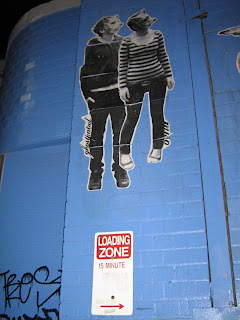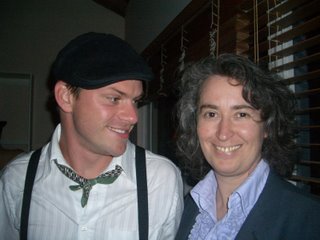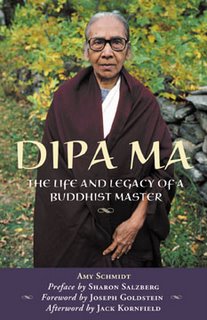GOOD POSTURES
Agile (igenious) means active and intelligent. From lightness come relaxation and firmness. From relaxation and firmness the ability to adhere and attach will be developed. When you can adhere and attach, you will be able to connect and follow. Only when you can connect and follow will your movement be igenious and active, so that finally you can apprehend the technique of not letting go and not resisting.
Round means rounded out. The movement of every posture should be rounded out without hollows or deficiencies, so that the whole body can act as one unit and the defects of hollows, projections andseverances will be avoided. When the energy is applied in Pushing Hands practice, it cannot be light and nimble if the postures are not rounded out. If the postures can be rounded out, they will be active.If you can attain roundness in every movement of your postures, there will be no position in which you are at a disadvantage.
Lively menas active and alert, without clumsiness and stagnation. If you have a thorough understanding of all the above mentioned principles, you can stretch and contract, open and close, advance and retreat freely and without hindrance. The Classics say,"If one can breathe properly, one's movement will be agile and active."
Foundation In Tai Chi training, good postures is essential. When one first practices the postures, laying a proper foundation is of utmost importance. In practicing the postures, one must seek correctness and exactness. Each posture must be central, upright, tranquil and comfortable. The movements must be slow, light, agile, rounded and lively. This is the way to enter the gate. The student must follow the proper sequence and make gradual progress so that time and effort will not be spent in vain and he can acquire the art in the shortest way.
Centrality means that the mind and the chi are centered and harmonized; the spirit of vitality is clear, and the chi sinks deeply to the tan tien. The root is in the foot; this is the foothold. The center of gravity is in the waist and spine-this is what the Classics mean by saying, "The source is in the waist." The spirit of vitality is concealed within and not exposed without, then one can have central equilibrium and deep tranquility.
Upright means that the postures must be correct and proper and must avoid leaning or inclining. When issuing energy or extending and aiming in a certain direction, you must maintain your center of gravity. For the center of gravity is the axis of the entire body. When the center of gravity has been firmly established, the movements of opening and closing will be alert, active and at will. If the center of gravity is not well established, then the opening and closing loses its pivot point. It is like an axletree of a cartwheel; if the axletree is not on center and is not adapted to the center of gravity of the cart, then the turning of the cartwheel as it goes forward or backward will lose its usefulness. When the postures are correct, the center of gravity will be secure.....
Tranquil means peaceful, quiet and relaxed, avoiding any tension. Obtaining peace and tranquility in a natural way so that the chi can circulate throughout the entire body with no impediment comes from the peaceful and secure postures, the even and regulated movement, the deep and slow respiraton, and the calm chi and spirit of vitality.
Comfortable means stretching out comfortably. Therefore the classics say, "At first seek open and expanded postures; later seek to make them close and compact." When one first practices the postures, the movements should be open and widely stretched, enabling every section of the joints to be comfortably expanded. One must not intentionally use external muscular force to expand the sinews and bones, but make the movements in a natural, slow and relaxed way. With gradual practice, the movements will become relaxed, lively, and sunken deeply.
Light means empty and easy, but not floating. When you practice the postures, the movement should be light, nimble, and slow so that you can advance and retreat at will. Gradually a relaxed and lively energy will be developed. Later the energy of attaching and adhering will be created. Therefore, the word 'light'is the first step in practising Tai Chi and is the way to enter the gate.
Celestial College of Tai Chi Australia




















